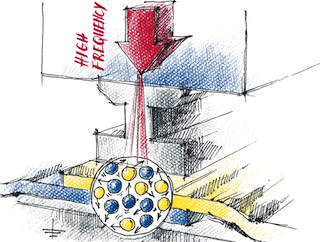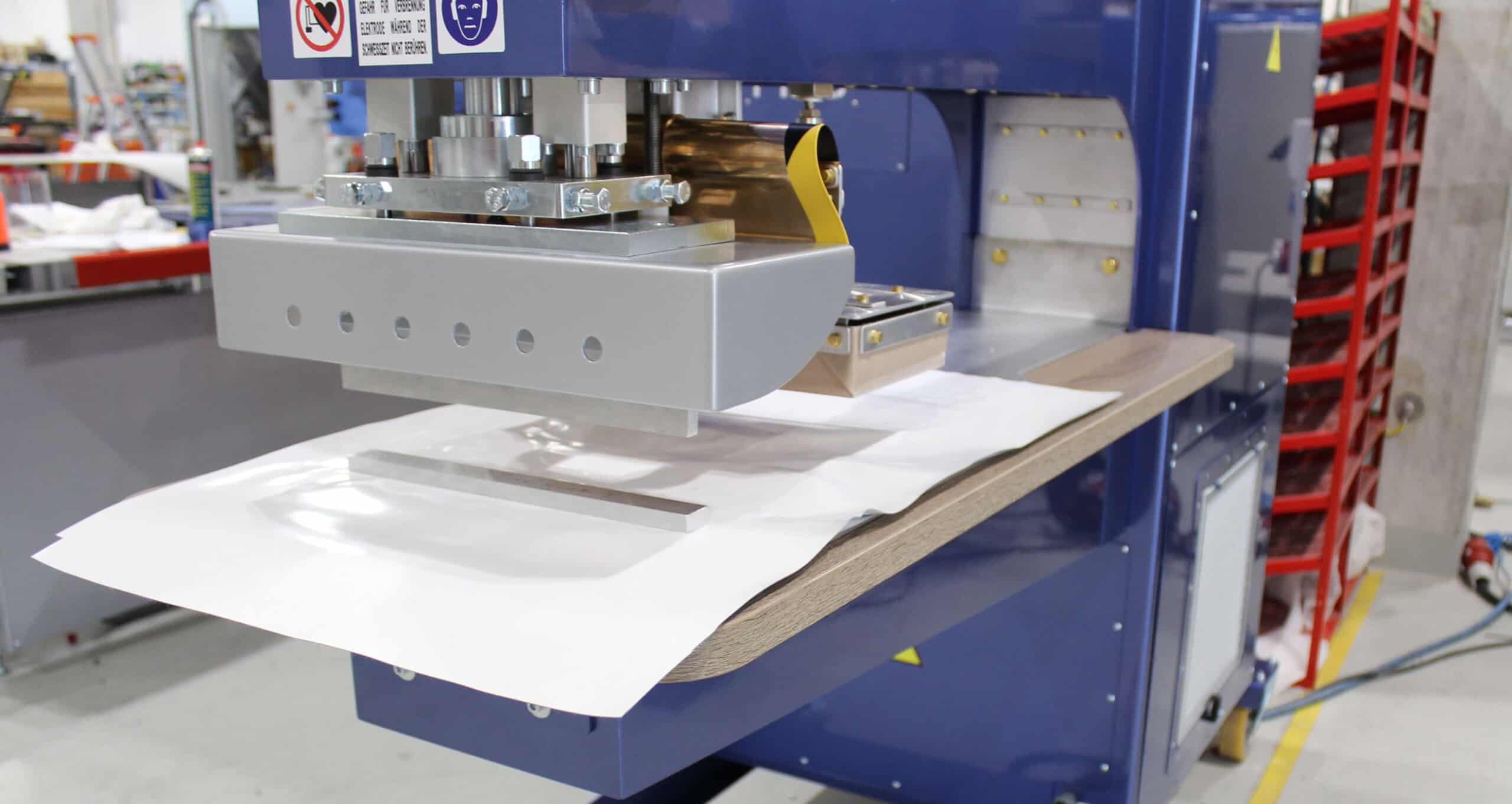The Power of Antibacterial Fabric: A Look into Necessity, Standards, Tests, and Applications
UncategorizedJan 11, 2024
Antibacterial fabric stands as a trailblazer in the fascinating realm of textile innovation. This pioneering material, imbued with potent antimicrobial properties, is heralding a new era of safety and cleanliness across many industries. Its unique ability to stave off the growth of bacteria and other microorganisms on the surface holds tremendous promise for creating environments that are not just cleaner but significantly safer. So welcome as we dive into the compelling world of antimicrobial fabric – the future textile.
Understanding Antimicrobials & Their Role in Fabrics
The term ‘antimicrobial’ pertains to the destruction or inhibition of microorganisms, especially pathogenic ones. These microorganisms include bacteria, viruses, protozoans, and fungi like mold and mildew. Antimicrobial materials, especially fabrics, are essential in our battle against pathogens that could establish themselves on the material’s surface.
In practice, antimicrobial agents embedded in the fabric work relentlessly against these microorganisms, extending the life of the fabric. As a result, antimicrobial fabrics have become integral to medical facilities and widely used in numerous textiles, including synthetic fabric used in shared environments from healthcare facilities to public transportation systems and in niche sectors like pneumatic compression therapy and floating boats.
The Rising Demand for Antibacterial Fabric
In shared environments, the threat of bacterial growth is ever-present. Here, synthetic fibers, such as polyester, polyester-vinyl composites, vinyl, acrylics, and others, treated with antimicrobial agents provide a powerful deterrent, significantly reducing the growth of microorganisms and enhancing hygiene standards.
By incorporating an antimicrobial layer of defense, we can extend the longevity of the textile and protect the fabric surface from microbes. Without this layer of protection, many fabric products could fall victim to contamination and need to be discarded prematurely. Thus, with its antibacterial properties, antimicrobial fabric is more of a necessity than just a convenience.
Upholding Standards and Tests for Antibacterial Fabric
Antibacterial fabrics must meet rigorous standards and undergo stringent tests to validate their effectiveness and safety. These standards evaluate the fabric’s ability to inhibit microbial growth under specific conditions. Globally recognized tests for antimicrobial fabrics include the AATCC Test Method 100 and ISO 20743 standard.
The AATCC Test Method 100 provides a quantifiable measure of the effectiveness of antimicrobial agents in treated textiles. At the same time, the ISO 20743 standard offers robust assurances about the antimicrobial activity of textile products against harmful bacteria.
Read More:
5 TECHNICAL TEXTILE ADDITIVES FOR PERFORMANCE ENHANCEMENT
THE 7 MOST CRITICAL TECHNICAL FABRIC PERFORMANCE FACTORS
Diverse Applications of Antimicrobial Fabric: From Healthcare to Home Textiles
Thanks to the robust antimicrobial properties of these materials, antimicrobial fabrics are finding their way into a wide array of sectors:
Healthcare and Medical Industries
In healthcare and medical settings, where preventing the spread of infections is critical, antimicrobial fabric is essential. This fabric plays a vital role, from medical gowns and bed linens to curtains and specialized equipment used in sectors such as pneumatic compression therapy. The fabric, acting as an antimicrobial textile, is often incorporated into the design of medical devices to ensure enhanced cleanliness and safety.
Public Transportation Systems
Antimicrobial fabrics, with their ability to inhibit the growth of bacteria, are highly beneficial in public transportation systems and other shared spaces, including the floating boats industry. These synthetic fabrics provide a safer user experience by mitigating the growth of bacteria, mold, and odor-causing bacteria.
Sports and Fitness Apparel
Antimicrobial fabrics can significantly enhance athletes’ comfort and performance in sports and fitness apparel. Clothes from fabrics treated with antimicrobial agents can minimize odors and skin irritations caused by sweat and moisture, maximizing the wearer’s comfort.
Home Textiles and Furnishings
Items such as bedding, carpets, upholstery, and other home textiles also greatly benefit from the antimicrobial properties of these fabrics. They help maintain cleaner and healthier living environments, which is particularly beneficial for individuals with allergies or sensitivities.
In conclusion, with its powerful protection against bacteria and other pathogens, antibacterial fabric has become an essential component across various applications – from healthcare settings and public transport to sports apparel and home textiles.
Proper care for these antimicrobial materials is essential to maintain their performance and extend their effectiveness. Following practices like regular cleaning, gentle washing, avoiding fabric softeners, and proper storage can all contribute to the longevity and effectiveness of these materials.
At Erez Thermoplastic, we understand the pivotal role of antimicrobial fabrics and are committed to providing high-quality materials that leverage these technologies. Our unwavering commitment to quality, advancement, and innovation ensures we remain at the forefront of delivering technical fabric solutions. Our materials, treated with antimicrobial agents, are high-performing but also safe, durable, and suitable for their intended applications.
Share this Post



